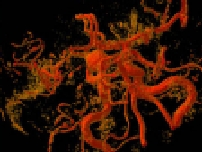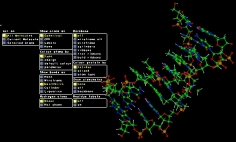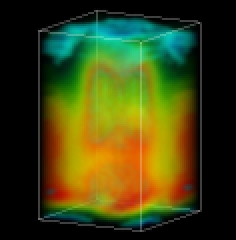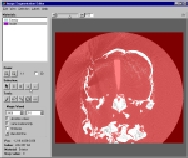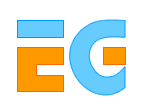
|
The
UK Chapter of the Eurographics Association
(EGUK) presents:-
|
|
|
Theory
and Practice of Computer Graphics 2005
|
|
|
University of Kent, Canterbury, UK |
15th
to 17th June 2005 |
Conference
TUTORIALS
The
use of Fractals and Noise in Computer Graphics
Martin Turner, Manchester
AVS-Amira, by Chung Sybil Hoang and Mary McDerby, University of Manchester
The use of Fractals and Noise in Computer Graphics - Martin Turner, Manchester
Synopsis
Computer games and cinema special effects owe much of their realism to the study of fractals. This short course will take you on a journey from the motion of a microscopic particle to the creation of imaginary planets.
Wierstrass (1815-1897) created one of the first continuous but nowhere differentiable functions which was groundbreaking in the change of mathematical thinking, as it destroyed that a continuous function should be differentiable in at least one position. The uses of these functions at the time were not apparent and many mathematicians were vocally alarmed. It took the modelling of Brownian motion, by Levy and Wiener, as a non-differentiable walk, to show that nature can be modelled successfully with these new formulas. Twenty-five years ago Mandelbrot (1924-) published the major book "Les Objets fractals: forme, hazard et dimension" in 1975, that first defined the term based on the Latin adjective fractus derived from the verb frangere meaning to break. Now virtually every modelling and animation package has a fractal texture generator to create synthetic 'natural like' objects.
Designers now do not need to understand the first part of the mathematics behind its creation, only the aesthetics. Many types of natural objects have been synthesised to create models that compare with real data and are now acceptable in many fields. These range from crystalline and coral formation, to cell and tree growth and natural noise fields.
This course looks at the history and explores the methods used by fractal generators to create all kinds of fractal textures. I will delve behind the fractal button given to designers and explore the various algorithms that are currently being used. These include the famous Voss/Mandelbrot algorithm as well as the popular divide-and-conquer fractal surface generators. The fundamental properties fractals have and hence some of their limitations will be discussed.
An important part of the course will be spent in the study of noise and its various forms. Fractal noise is but one of an infinite series of noise types that can be used for synthetic imagery. Each has its own properties and uses that can be more appropriate than standard synthesised fractals. The processes of fractional differentiation and integration will also be introduced which defines a simple way to modify any formulaic shape.
The course will include some extra topics including the popular use of Lindermayer systems; which is a simple language that can be used to create large branching structures. Also, an overview and research in the use of fractal compression tools to create infinite resolution textured enlargements.
Course Outline:
Session 1: Introduction to Fractals
The origins of fractals;
from Pathological Monsters in the 1890's to tamed Fractal Dragons of the
1990's.
Basic concepts: Geometry, Dimension and Self-similarity
Properties of fractals: Infinite length, Infinite number of discontinuities,
Finite boundary
Structured tools: with IFS (Iterated Function Systems) and other generators
Modelling nature with fractals
Session 2: Describing and using Noise and Chaos
Fractional Brownian
Motion
Fourier Filtering white noise and other methods
Coloured noise - from White to Black to Blue
Fractional integration and differentiation
Session 3: Surface and signal shape generation
Mandelbrot/Voss surfaces
Divide-and-Conquer surfaces and other methods
Lindermayer systems
Session 4: Fractal Image Compression and Texture Mapping
Image representation
Fractal compression for resolution enhancement
Infinite textural zooming
Past Experience:
My work in different groups has covered a range of topics; fractals, noise analysis and image synthesis have been a recurring expertise since joining the Imaging Research Centre in 1994. Over many years of research and teaching this has resulted in numerous research papers, a graduate research text published by Academic Press, invited presentations, and hosting a conference and one-day short course on the mathematics of Fractal Geometry for the Institute of Mathematics and its Applications (IMA) in 2000. The underlying mathematics has been used over the last seven years within a master course (MSc in Digital Signal and Image Processing 2003-2004) and in PhD topics.
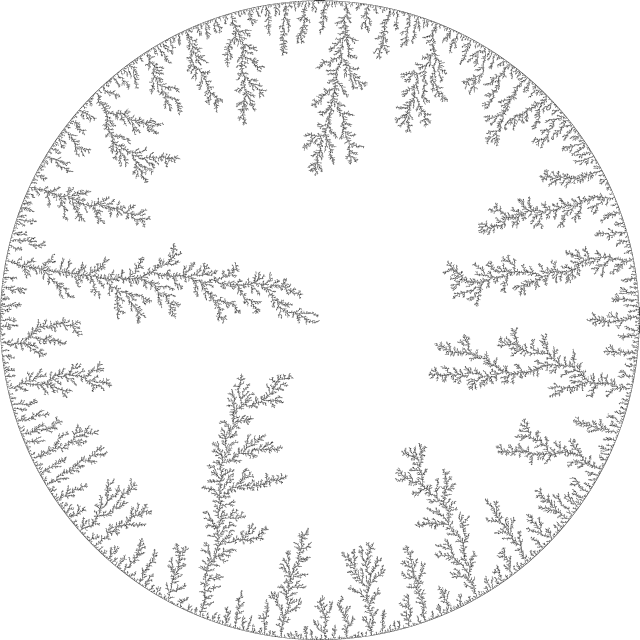
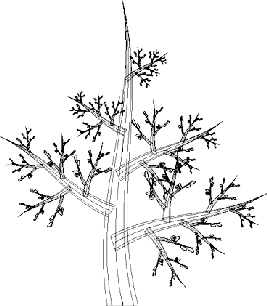
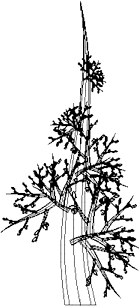
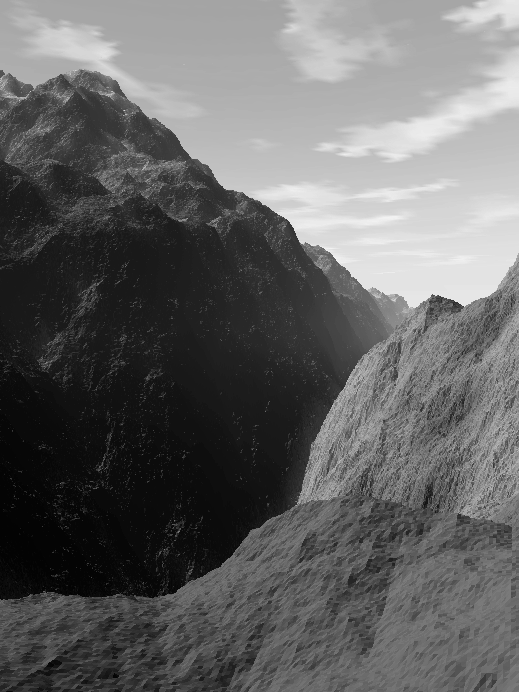
AVS
- Amira
Scientific Visualization with Amira and AVS/Express
Chung Sybil Hoang and Mary McDerby
Contrary to popular belief, scientific visualization is not a new development. Ever since 1137 A.D., when Yu the Great recorded a map of China to understand the network of rivers in order to create flood control techniques, visualization has provided deeper insight to data which would otherwise be incoherent. It is sometimes confused with presentation graphics, which deals in the process of displaying data to make it easier to communicate information but scientific visualization seeks to understand the data. Sometimes both techniques are used to valuable effect.
3D visualization plays an important part to improving the understanding of data. This allows the user to place themselves in the data and therefore grasp concepts quicker so that they are able to view unexplored areas and discover new concepts and theories.
This course will be an introduction to two scientific visualization toolkits: Amira and AVS/Express. Both systems work on the basis of connecting modules together which affect, amend and present data to display the results. They each provide scientific visualization methods for challenging problems in a range of fields including science, medicine and environmental, and engineering.
Course Outline:
Introduction to Scientific Visualization
This will consist of a presentation covering its brief history and
the reasons for its development, the pros and cons of development, what
are the benefits from it and its future.
Introduction to AVS/Express and Amira
There will be a practical overview of using both toolkits to
undertake various scientific visualization tasks. This will range from
reading different types of data, assembling networks, manipulating the
data to construct meaningful visualizations and drawing conclusions from
the data.
